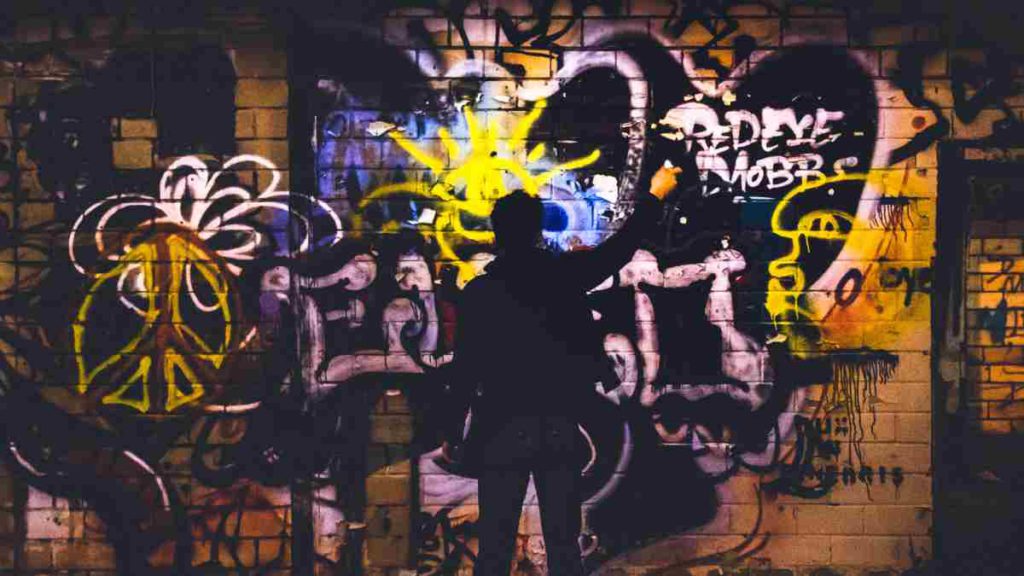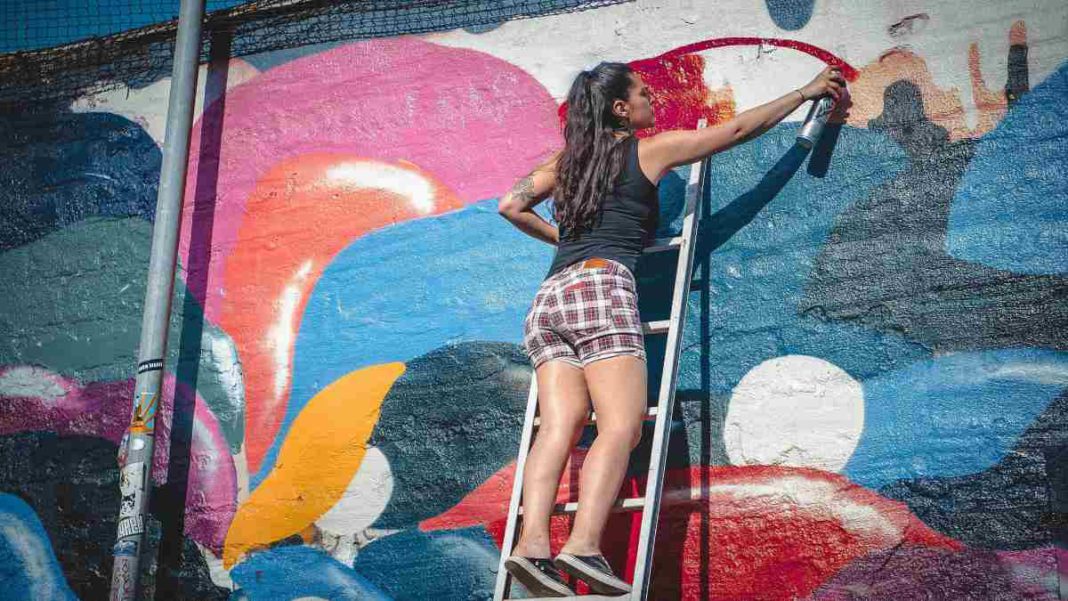UNITED STATES. New York: Street art has been integral to New York City’s cultural landscape for decades. From the early graffiti writers of the 1970s to the contemporary muralists of today, street art has become a vital form of self-expression and a reflection of the city’s diverse communities.
The origins of street art in New York can be traced back to the 1960s and 70s when graffiti emerged as a form of artistic rebellion against the political and social norms of the time. Often considered a form of vandalism, graffiti was seen as a way for young people to claim ownership over public spaces and express their frustrations with a society they felt was failing them.

In the 1980s, the rise of hip-hop culture brought graffiti to the mainstream, with artists like Keith Haring and Jean-Michel Basquiat using their graffiti roots to create iconic works that captured the spirit of the city’s youth culture. Meanwhile, artists like Richard Hambleton and Kenny Scharf took the concept of street art in a new direction, using it to comment on consumer culture and the commodification of art.
As street art continued to evolve in the 1990s and 2000s, it became more diverse and inclusive, with artists from all backgrounds and communities participating. Today, street art in New York City can be seen everywhere, from the sides of buildings in gentrifying neighbourhoods to public parks and subway stations.
One of the most significant aspects of street art in New York is its ability to reflect the city’s diversity. With artists from all walks of life creating works that reflect their unique perspectives and experiences, street art has become a powerful tool for celebrating the city’s cultural richness.
At the same time, street art has also become a platform for social and political commentary. Many street artists use their work to call attention to issues like police brutality, gentrification, and environmental degradation and to advocate for marginalized communities.
Despite its growing popularity, street art in New York City remains a controversial expression. While some see it as a valuable form of public art that adds vibrancy and character to the city’s streets, others view it as a blight that damages property and detracts from the urban environment.
In recent years, the city has attempted to balance these competing perspectives, with initiatives like the Department of Transportation’s “NYC Street Art” program and the Mural Arts Program working to promote the creation of legal, sanctioned street art in public spaces.
In conclusion, street art has played an important role in the cultural and artistic history of New York City. From its early origins as a form of rebellious graffiti to its current status as a diverse and inclusive art form, street art has become a vital aspect of the city’s identity and a reflection of its vibrant, creative spirit.
Also Read: Brussels Uses QR Codes to Quell Citizens’ Ire over “Racist” Street Artwork



